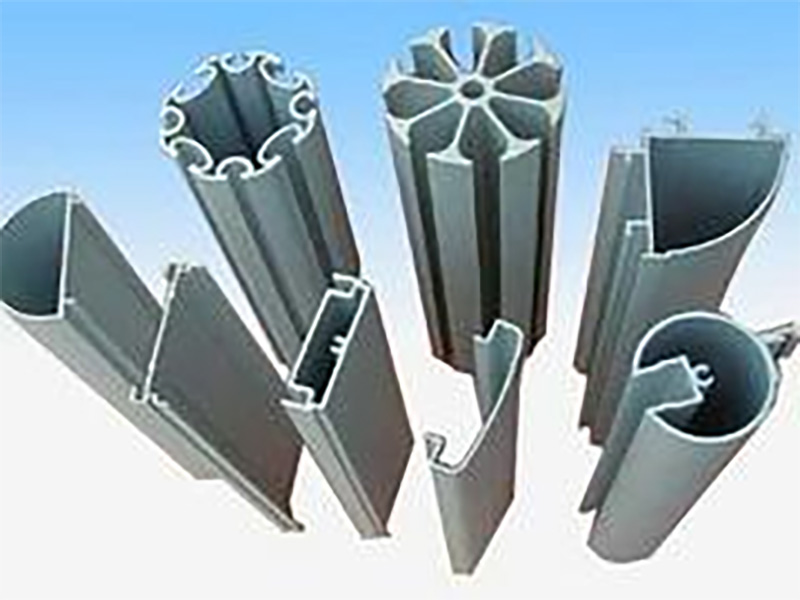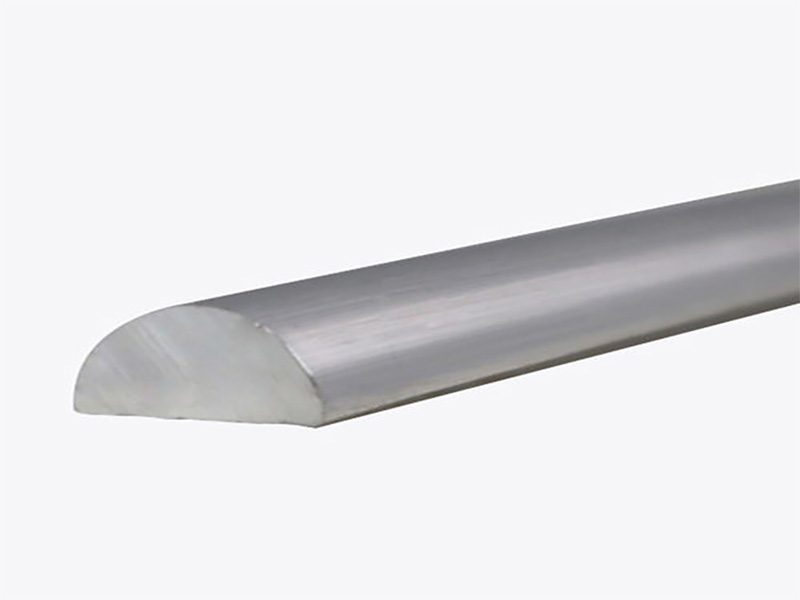


Aluminum oxide is formed by placing the substrate as an anode in an electrolytic solution to form a protective oxide film on the surface of the substrate.
The main characteristics of aluminum oxide material.
Introduction of common aluminum materials
Metal foam is a new type of engineering Aluminum materials with integrated physical function and structure. It has a variety of excellent physical properties that make it widely used in many fields, such as anechoic, vibration damping, separation engineering, catalytic carrier, shielding and protection, energy absorption and buffering. Among them, aluminum foam made of rare earth aluminum alloy is also considered a promising material for future cars, ships and other transportation tools.
It is understood that the metal foam material preparation methods are: powder metallurgy method, which can be divided into two kinds of loose sintering and reaction sintering; percolation method; sintering dissolution method; melt foaming method; eutectic directional solidification method and so on. Among these many preparation methods, the melt foaming method has the most prospect of industrial mass production because of its relatively simple production process and low cost. At present, the metal foam materials supplied in the Japanese market are mainly aluminum foam blocks produced by the melt foaming method.
The technical difficulties of the melt foaming method are: controlling the viscosity of the melt; selecting the appropriate metal foaming agent. In general, the viscosity of the melt is required to be larger, and the foaming agent used is required to be able to foam rapidly near the melting point of the metal.
The process is carried out in two parts: 1. development of rare-earth aluminum alloy; 2. preparation of rare-earth foam aluminum alloy.
The development of rare-earth aluminum alloy can not only improve the strength of the alloy, but also reduce the melting temperature of the alloy, which is conducive to the preparation of strong rare-earth foam aluminum alloy. Under a certain viscosity of the alloy, it is the technical key to prepare the foam metal by uniformly dispersing the foam into the melt with suitable foaming agent. In the rare-earth additive of rare-earth aluminum alloy, the rare-earth content ranges from 0.1% to 0.7%.
To prepare rare-earth foam aluminum alloy by melt foaming method, aluminum alloy is used as base metal, melted with self-formulated rare-earth additives in molten state, and after obtaining melt of rare-earth aluminum alloy, metal tackifier and foaming agent are added, and foaming reaction is carried out in rare-earth aluminum alloy foaming pool, and rare-earth foam aluminum alloy is obtained after molding.

Construction products made of aluminum and aluminum alloy. They are usually processed into castings, forgings, foils, sheets, strips, tubes, rods, profiles, etc., and then cold bent, sawn, drilled, assembled, and colored.
Performance The low strength of pure aluminum limits its use. However, by adding a small amount of one or several alloying elements, such as magnesium, silicon, manganese, copper, zinc, iron, chromium, titanium, etc., aluminum alloys with different properties can be obtained. Aluminum alloys are then further strengthened and hardened by cold working and heat treatment, and their tensile strength is greatly increased.
The standard potential of aluminum is -1.67 volts, and its chemical property is very active, so it is easy to interact with oxygen in the air and form a solid and dense oxide film, so it has good corrosion resistance in common atmosphere and clean water. However, it will produce galvanic corrosion when in contact with steel or other metal materials, and will produce corrosion when in contact with concrete, cement mortar, lime and other alkaline materials in a humid environment, and will also produce corrosion when in contact with wood, soil and so on. Therefore, it is necessary to carry out appropriate anti-corrosion treatment.
Production method Aluminum alloys are divided into two categories: cast aluminum alloys and deformed aluminum alloys according to their production methods. In construction, deformed aluminum alloys are generally used to be rolled into plates, foils and strips, and extruded into bars, tubes or various complex-shaped profiles. Deformed aluminum alloys are divided into rust-proof aluminum alloys, hard aluminum, super hard aluminum and special aluminum according to their different properties and uses. Industrial pure aluminum (L1~L1), rust-proof aluminum alloys (LF2, LF21, etc.) and wrought aluminum (LD2) are generally used in construction.Introduction of common aluminum materials

Features and Uses The most important feature of aluminum and aluminum alloys is that their bulk weight is about 1/3 of that of steel, while their specific strength (the ratio of strength limit to specific gravity) can reach or exceed that of structural steel. Secondly, aluminum and aluminum alloys are easy to be processed into various shapes and can adapt to various connection processes, thus providing favorable conditions for the most economical and reasonable section form of building structures. Therefore, the use of aluminum alloy not only can greatly reduce the weight of buildings and save materials, but also can reduce the transportation and installation workload of components and speed up the construction progress. This economic effect is more significant for the earthquake area and the mountainous and remote areas with inconvenient traffic. Aluminum and aluminum alloy have beautiful color, good corrosion resistance, high reflectivity to light and heat, good sound absorption performance, and various colors can be obtained through chemical and electrochemical methods. Therefore, aluminum is widely used in industrial and civil buildings for roofing, walls, doors, windows, skeletons, interior and exterior decorative panels, ceilings, suspended ceilings, railings and handrails, interior furniture, store containers and templates for construction.
The construction industry is one of the three main markets of aluminum, about 20% of the world’s total aluminum production is used in the construction industry, and the construction industry in some industrially developed countries, the amount of aluminum used has accounted for more than 30% of its total production. In recent years, the products of construction aluminum are constantly updated, and the application of novel construction products such as colored aluminum plates, composite aluminum plates, composite door and window frames, aluminum alloy formwork, etc. is also increasing year by year. China has applied aluminum alloy in industrial and civil buildings to make roofing, wall, doors and windows, etc., and gradually expanded to interior and exterior decoration, construction template, etc., and has achieved good results.Introduction of common aluminum materials

For Further Details,Please Feel Free To Contact Us: